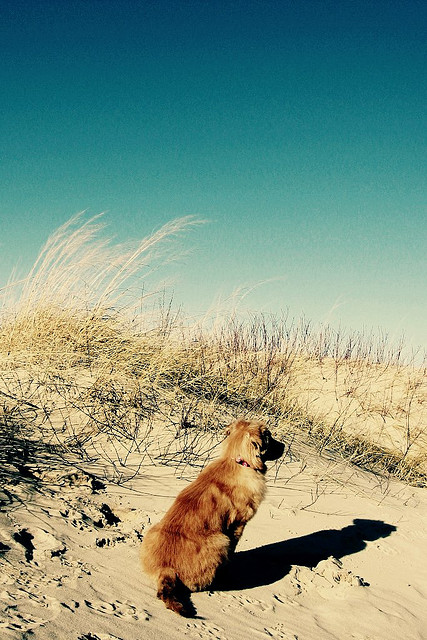Untitled, photo by jenny murray
The Great Lakes Echo has a feature on an Environmental Science & Technology journal report on how scientists have used dogs to rid a Lake Michigan beach of seagulls. Why do that you ask? While gulls are certainly part of the Great Lakes beach experience, seagull waste contains bacteria that harms water quality & sometimes closes beaches. The test took place in Racine, Wisconsin and they explain:
For eleven days researchers calculated the concentration of different bacteria on the Lake Michigan beach. They measured E.coli and Enterococcus concentrations to calculate fecal contamination. In addition, the study collected information on potentially pathogenic bacteria, which can cause infectious diseases.
Researchers then used two trained border collies with handlers to harass gulls while continuing to survey the water quality.
The dogs prompted the gull population to drop 98 percent, from nearly 670 birds to just fewer than 20.
Fewer gulls meant better water. E.coli bacteria decreased nearly 30 percent with the removal of half the gulls. Before the dogs started working, water samples tested positive for potentially infectious bacteria on seven out of eleven days. After the dogs chased the seagulls, researchers failed to find any contagious bacteria.
Read on for more about this innovative solution.
Check this photo of Dot out on black and see more in Jenny’s dot slideshow.


Good morning, all.
Interesting information on seagulls and the lake water.
Love,
Dad
LikeLike
Ironic, since most beaches don’t allow dogs, whlle we’re being “attacked” by seagulls.
LikeLike